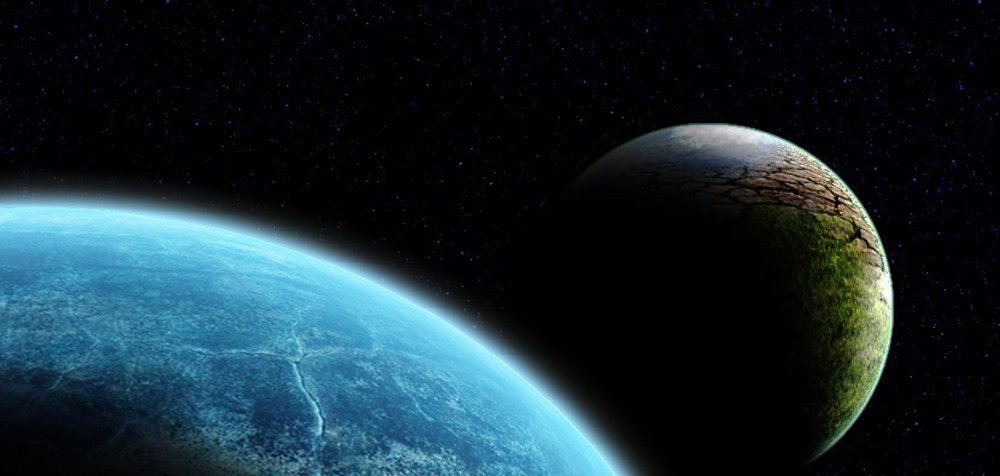Weather Channel Explores Rogue Planet Doomsday Scenario

What if a rogue planet swept through the solar system, altering Earth's orbit? Potentially, the death of all life on the planet, according to a new Weather Channel special.
"Forecasting the End," a new Weather Channel series, premieres March 21, exploring the possible results of a rogue planet fly-by. Rogue planets, or planets not linked to stars, may outnumber actual stars in the Milky Way galaxy. Myths about "Planet X" or "Nibiru" hold that a stealth rogue planet is headed this way (actually, it was supposed to hit on the Mayan apocalypse on Dec. 21, 2012).
In fact, the likelihood of a rogue planet swinging by is slim. Astronomers have yet to find any evidence that any of the planets in our own solar system are captured rogues. And the average space between rogue planets and other bodies in our galaxy is quite expansive, Bad Astronomy blogger Phil Plait has calculated. In other words, a collision isn't likely.
The first episode of "Forecasting the End" focuses on what might happen in this very unlikely scenario. Potentially, scientists say, a planet passing by could alter the orbits of the planets in the solar system, making Earth's orbit more elliptical.
A more elliptical orbit would be bad news for life. Earth orbits in a relatively thin habitable zone around the sun, which allows for temperatures where water can be a solid, liquid or gas.
This more elliptical orbit might not push Earth out of this zone, but could bring the planet close enough to the sun to create short, extremely intense summers and then far enough away for very long winters. This would create a shorter growing period and mass food shortages, even human extinction.
"Life on Earth is very much dependent on the orbit we are in around the sun," said David Bennett, a University of Notre Dame astrophysicist.
Sign up for the Live Science daily newsletter now
Get the world’s most fascinating discoveries delivered straight to your inbox.
To make the series, complete with simulations of the world-ending scenario, Weather Channel director Brea Tisdale and crew filmed real people "reacting" to disasters, which they added later using computer graphics. In one shot of a volcanic disaster, the crew sprinkled flour from above to look like ash.
"The actors have to pretend that something terrible is happening in the sky above them, when actually it's a really sunny, nice day," said director of photography Doug Cheney.
Follow Stephanie Pappas on Twitter and Google+. Follow us @livescience, Facebook & Google+. Original article on LiveScience.com.

Stephanie Pappas is a contributing writer for Live Science, covering topics ranging from geoscience to archaeology to the human brain and behavior. She was previously a senior writer for Live Science but is now a freelancer based in Denver, Colorado, and regularly contributes to Scientific American and The Monitor, the monthly magazine of the American Psychological Association. Stephanie received a bachelor's degree in psychology from the University of South Carolina and a graduate certificate in science communication from the University of California, Santa Cruz.